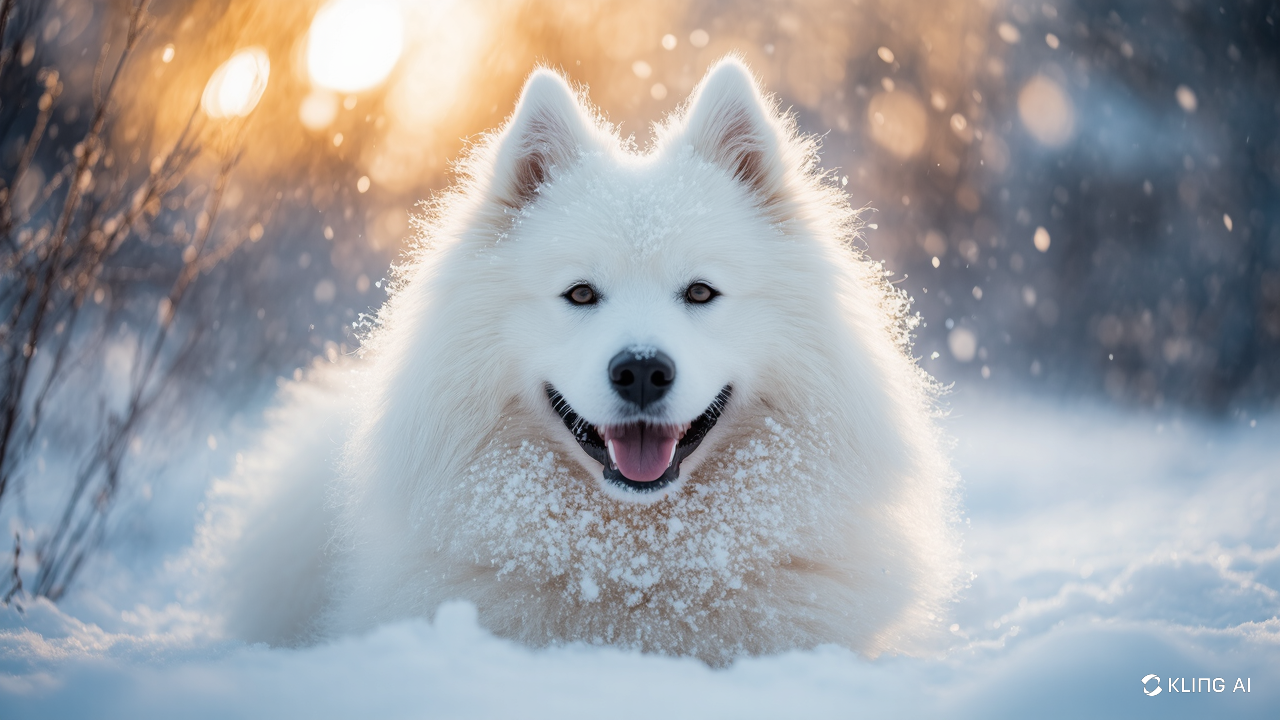
Have you ever taken your dog for a walk only to watch them suddenly stop and start munching on grass like it's a gourmet salad? This peculiar behavior often leaves pet owners puzzled and sometimes worried. Is your furry friend sick? Hungry? Or just enjoying a green snack?
As a veterinary behaviorist with over two decades of experience observing canine behaviors, I've fielded countless questions about this common habit. In this comprehensive guide, we'll explore everything you need to know about dogs eating grass—from the evolutionary and scientific explanations to when you should be concerned and how to manage this behavior safely.
Dogs engage in many behaviors that seem strange to us humans, but few are as universal as grass eating. From tiny Chihuahuas to massive Great Danes, dogs of all breeds, ages, and backgrounds have been observed grazing on lawns, parks, and any patch of green they can find during walks.
This behavior, technically known as "pica" (the consumption of non-food items), is one of the most common plant-eating behaviors observed in domestic dogs. Studies suggest that up to 79% of dog owners report having observed their dogs eating plants, with grass being the most frequently consumed vegetation.
While this behavior may seem odd to us, understanding the potential reasons behind it can help pet owners determine whether it's harmless or cause for concern.
Research published in the Journal of Veterinary Behavior indicates that grass eating is indeed a normal behavior for dogs. A survey of 1,571 dog owners found that 68% reported that their dogs eat plants on a daily or weekly basis. This widespread prevalence suggests that grass consumption is within the normal behavioral repertoire of domestic canines.
To understand our domestic companions better, it's helpful to look at their wild relatives. Wolves, coyotes, and other wild canids have been observed consuming grass and plant material. Researchers analyzing wolf scat have found that up to 74% of samples contain grass. This suggests that grass eating is not simply a quirk of domestication but rather a natural behavior with deep evolutionary roots.
Most veterinarians agree that occasional grass eating is generally harmless for dogs. If your dog:
Then their grass-eating behavior is likely nothing to worry about. In fact, many experts consider it a normal part of canine behavior.
One theory suggests that grass eating is an instinctive behavior inherited from dogs' wild ancestors. Before domestication, wild canids consumed their prey entirely, including the stomach contents of herbivores, which often contained partially digested plant material. This provided additional nutrients and fiber that may not have been available from meat alone.
Modern dogs, despite thousands of years of domestication, still carry many of their ancestors' instincts and behaviors. Grass eating might be one such ancestral behavior that has persisted despite the shift to commercial dog foods.
Some experts propose that dogs may eat grass to supplement their diet with specific nutrients, particularly fiber. Commercial dog foods, while nutritionally balanced, may not always mimic the varied diet that dogs would naturally consume in the wild.
Grass contains fiber, which aids digestion, as well as small amounts of various nutrients such as potassium, chlorophyll, and phytonutrients. If a dog's diet is lacking in fiber or certain micronutrients, they might instinctively seek out grass as a supplementary source.
Perhaps the most common theory among pet owners is that dogs eat grass to relieve digestive discomfort. The rough texture of grass blades may help induce vomiting, potentially allowing dogs to expel something disagreeable they've consumed.
Interestingly, research findings on this theory are mixed. While about 22% of dog owners report that their dogs vomit after eating grass, a study published in Applied Animal Behaviour Science found that only 8% of dogs showed signs of illness before grass consumption, and just 22% vomited afterward. This suggests that seeking digestive relief may be the motivation for some, but not all, instances of grass eating.
Dogs, like humans, can develop habitual behaviors in response to psychological factors such as boredom, stress, or anxiety. A dog with insufficient mental or physical stimulation might turn to grass eating as a form of self-entertainment or as a coping mechanism.
This theory is supported by observations that dogs who receive less exercise or enrichment tend to engage in more non-nutritive behaviors, including grass eating. For these dogs, the behavior may decrease with increased exercise, interactive play, and mental stimulation.
Sometimes the simplest explanation is the correct one: some dogs may simply enjoy the taste or texture of grass. Young, tender spring grass might be particularly appealing due to its sweeter flavor and softer texture.
Just as humans have preferences for certain foods, dogs develop their own palate preferences. Some dogs may be particularly drawn to the crisp texture or the fresh, green flavor of grass. This explanation is supported by observations that certain dogs are selective about the types of grass they consume, often preferring freshly sprouted, tender grass over tougher, mature blades.
While grass eating is often normal behavior, it can sometimes indicate an underlying health issue, particularly if it represents a sudden change in behavior or is accompanied by other symptoms.
Conditions that might lead to increased grass consumption include:
Pay particular attention if your dog's grass eating is accompanied by:
These signs could indicate that your dog is using grass as a form of self-medication for digestive discomfort.
Consider consulting your veterinarian if your dog:
A veterinarian can help rule out underlying medical conditions and recommend appropriate interventions if necessary.
A widespread belief among pet owners is that dogs eat grass specifically to make themselves vomit when feeling ill. However, research suggests this may be more correlation than causation.
Studies indicate that less than 25% of dogs regularly vomit after eating grass, and fewer than 10% show signs of illness before grass consumption. This suggests that inducing vomiting is likely not the primary motivation for most grass-eating behavior.
Grass is primarily composed of cellulose, a type of fiber that dogs cannot fully digest. When consumed, grass travels through the digestive tract where it can either pass through completely or, in some cases, irritate the stomach lining or throat due to its rough texture.
This irritation, particularly when a dog consumes large amounts of grass quickly, may trigger the vomiting reflex. However, this appears to be a side effect rather than the purpose of grass consumption for most dogs.
Occasional vomiting after grass consumption is generally not cause for alarm. However, you should contact your veterinarian if:
These symptoms could indicate a more serious underlying condition requiring medical attention.
Perhaps the greatest risk associated with dogs eating grass comes not from the grass itself but from the chemicals often applied to lawns and public spaces. Pesticides, herbicides, and fertilizers can be toxic to dogs when ingested, potentially causing symptoms ranging from mild gastrointestinal upset to serious neurological issues or organ damage.
These chemicals can remain on grass for days or even weeks after application, making them a hidden danger for grass-eating dogs. This risk is particularly significant in public parks, golf courses, and other maintained green spaces where chemical treatments are common but not always disclosed.
Untreated grass, particularly in areas frequented by other animals, may harbor parasites, bacteria, or parasitic eggs that can infect your dog. Common concerns include:
Regular parasite prevention and limiting access to areas heavily used by unknown animals can help mitigate these risks.
While rare, grass blades can sometimes cause mechanical issues in the digestive tract. Long grass blades may become tangled or clumped together, potentially causing:
These risks are generally low but increase if a dog consumes large quantities of long-blade grass rapidly.
If your dog's grass eating stems from nutritional needs, ensuring they receive a complete and balanced diet may help reduce the behavior. Consider:
Many veterinarians recommend adding small amounts of steamed vegetables like carrots, green beans, or pumpkin to provide additional fiber and nutrients in a safer form than grass.
For dogs that eat grass out of boredom or anxiety, increasing physical exercise and mental enrichment can help reduce the behavior:
A tired, mentally satisfied dog is less likely to engage in boredom behaviors like excessive grass eating.
If your dog seems determined to consume plant material, providing safer alternatives can help satisfy this urge while minimizing risks:
These alternatives allow you to control the growing environment, ensuring the plants are free from harmful chemicals and parasites.
While it may be challenging to completely eliminate grass eating, training can help you manage when and where it occurs:
Focus on redirecting rather than punishing, as negative reinforcement rarely eliminates instinctive behaviors and may create anxiety that worsens the problem.
Not all grass consumption is created equal. The key is distinguishing between normal, occasional grazing and problematic consumption. Normal grass eating typically involves:
Potentially problematic grass eating includes:
Many veterinarians suggest a moderate approach to managing grass eating:
This balanced approach respects your dog's natural behaviors while minimizing potential risks.
For dogs that enjoy occasional grazing, creating a safe environment includes:
These precautions allow you to accommodate your dog's natural behavior while protecting their health.
Grass eating in dogs is a multifaceted behavior that likely stems from a combination of factors including:
Rather than having a single cause, your dog's grass-eating behavior may result from several of these factors working together, and the primary motivation may vary depending on circumstances.
For most dogs, occasional grass consumption is a normal, harmless behavior that requires no intervention. However, being attentive to changes in this behavior can help you identify potential health issues early.
Contact your veterinarian if your dog's grass eating:
Your veterinarian can help determine whether the behavior warrants medical investigation or is simply part of your dog's natural behavioral repertoire.
Living harmoniously with a grass-eating dog involves finding the balance between respecting their natural behaviors and ensuring their safety:
With these strategies, you can accommodate your dog's grass-eating tendency while minimizing any associated risks.
Understanding why dogs eat grass helps us better appreciate the complex behaviors of our canine companions. While we may never fully decode all the reasons behind this curious habit, recognizing it as primarily normal behavior allows us to focus on creating safe opportunities for dogs to express their natural instincts while protecting their health.
By observing your individual dog's patterns, working with your veterinarian when needed, and taking sensible precautions, you can approach your dog's grass-eating habits with confidence rather than concern—one more step in the rewarding journey of canine companionship.

Looking for the friendliest dog breeds? Discover the top affectionate, social, and family-friendly dogs, from Labrador Retrievers to Cavaliers. Learn about their temperament, care needs, and training tips to find the perfect loving companion for your home!
Read more...

Looking for the best protection dog breed? Discover top guard dogs like German Shepherds, Rottweilers, and Dobermans. Learn about their protective instincts, training needs, and key traits to find the perfect security companion for your home and family.
Read more...

Discover the most expensive dog breeds, from the Tibetan Mastiff to the Samoyed. Learn what makes these luxury dogs so costly, including rarity, pedigree, and care needs. Find out if owning an elite breed is worth the investment!
Read more...
Do you need a website design similar to this one, or maybe have your own idea in mind?
Feel free to use the Email below to get a free quote TODAY!
digigrow.to@gmail.com
All rights reserved 2024 - 2025.
Designed by DigiGrow